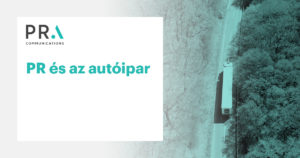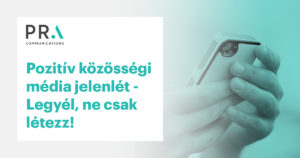Is just about the news, the hoaxes and facts that were not carefully selected, analyzed? Is it an evil act that is done on purpose? Or is it the by-product of the fast feeding information century where everything is considered as “news” if it happened two minutes ago and only valid for 24 hours like an Instagram story? What is fake news and can you do with it?
We are living in the word of fake news and the decline of journalism. People – thanks to social media – have the power of sharing their side of the stories whether it is true or not. We all have access – and power of creating – to all those free content which made professional journalism slowly disappear from the websites. There is fierce competition for attention, for reach, for readers online and offline. If we want to be heard and trusted we must not distort the truth and deceive the audience. This intention is the first step towards fighting fake news.
Understanding the drives and creating value
Fake news is usually created with the intent to mislead in order to damage and/or gain financially or politically. Using sensationalist, dishonest, or outright fabricated headlines to increase readership are similar to clickbait stories and headlines earn advertising revenue from this activity. We can see that at the heart of the fake news lies the benefits of easy attention-grabbing which will only lead to losing it all. The communications trends of poor organizational listening, overloaded audiences with content and fake news made public trust in both private- and public-sector organizations worse.
Who said it? Why and where said it?
We must look at who, when, why and where told a story, gave information and if that information is valid and beneficial. This is the easiest way to spot fake news.
Is native advertising fake news? – asks the audience and the manager. No, as it states real facts, information firsthand from an organization or its people. The word „native” refers to this coherence of the content with the other media that appear on the platform which is needed for reaching out for the exact audience, with niche information and value.
Your audience is thirsty for true stories. Stories, articles that help, give information, instructions but these stories will only be read if you are trusted. Make your presence count, come on a journey with us of building trust in a creative way. What is the biggest trust issue your organization faces nowadays?
Follow us on LinkedIn and let’s start a conversation!




